Cinnabrite – globally sold as “the Merchant Stone”, supposedly containing Cinnabar, the ancient “Dragon Blood” or “pink Epidote”.
As crystal dealers, we have a moral responsibility to protect the well-being of our customers and to speak the truth, which is why we decided to become a whistleblower by
UNCOVERING A DIRTY SECRET!
The Truth about
Cinnabrite
Connect with the Author on LinkedIn:
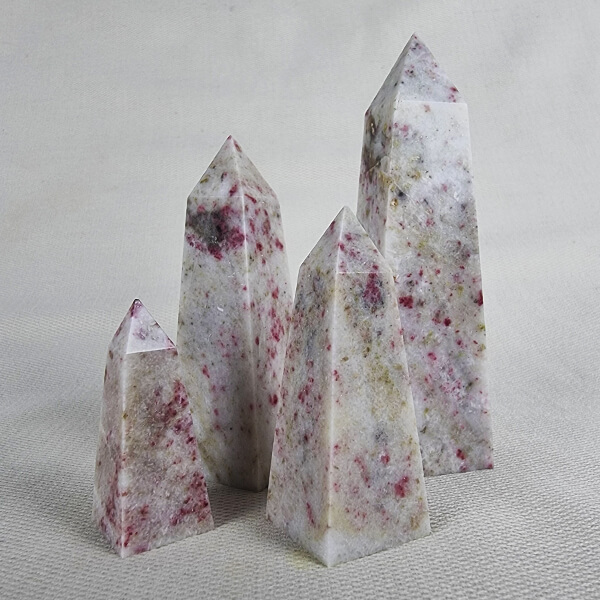
Cinnabrite comes from Peru. At Gemrock Peru we have been raising the alarm bells about Cinnabrite for quite a while. Luckily, most of our crystal shop clients appreciate our educational effort and provide truthful information about this stone on their sales websites.
Nevertheless, globally this seems to be just a drop in the ocean and most crystal lovers are fed with nonsense by crystal dealers. Time to put an end to this:
Recently we screened the internet to find out how crystal shops promote Cinnabrite.
We were shocked!
Approximately 40 % of the crystal dealers tell their clients that “Cinnabrite” contains Cinnabar.
Another 40 % tell their clients that Cinnabrite contains “red” or “pink” Epidote.
Then there are 20% of dealers that don’t know which to choose and tell their clients that Cinnabrite consists of “Cinnabar and/or red Epidote” as if that were the same minerals or as if both are in Cinnabrite.
There is one dealer that says the pink dots are Opal (no comment on that).
In summary: All this is nonsense.
But it gets worse:
Nowadays it appears to be “a must” that any crystal has to do something for us. It must spread some energy or suck up some bad energy or heal us from something.
I am perfectly OK with a crystal dealer talking about a crystal’s “properties” to increase his sales.
Nevertheless, if the effort of the dealer to find whatever kind of property results in providing his clients with false information, misleading them to believe a stone would have properties he cannot have, then I think it’s time to speak out.
Cinnabrite is widely promoted as “the merchant stone” and as a stone that contains “dragon blood”. Both terms are historic terms that are related to the toxic mineral Cinnabar. But Cinnabrite does not contain a single atom of Cinnabar. And therefore, it is neither a merchant stone nor does it have dragon blood.
If someone promotes Cinnabrite as having the crystal properties of Cinnabar, he is doing wrong.
As crystal dealers, we do have a responsibility to fact-check our information before we spread information that can negatively impact the health and well-being of our clients.


Why do crystal shops spread false information?
Before I start explaining what Cinnabrite is, I would like to spend a short time thinking about why crystal shops spread false information.
After analyzing the information available on many crystal dealer websites, I think there are two groups of crystal dealers (or their marketing staff, acting without supervision):
The first group consists of people who just copy and paste whatever nonsense they can find on other websites without doing any fact-checking at all (probably because they don’t even care).
There might be an underlying generational problem of this behaviour:

When I was in school and university, we did not have internet. Everything was in books. For a publisher of a book, it was common practice to have somebody proofread and fact-check a book before an author’s text was published. And when it came to scientific topics a book most likely was checked by several scientists before going in print.
I know what I am talking about because I published my first scientific book in 1994 and have been through the long process of having all my 450 pages getting fact-checked sentence by sentence.
As a scientist, it would not have occurred to me to put a single sentence into this book that did not have a citation of a scientific study. Before the internet, it was difficult to spread information but most of the information that was published and spread was correct.
Now we have the internet. Everybody can write what he wants with no fact-checking from anybody at all. That is why you cannot trust anything anymore that is on the internet. It is a space full of nonsense, lies, invented conspiracy theories, and manipulation. What makes matters worse is that everybody got used to copy and paste from other websites without fact-checking. And that leads us to the crazy result that a lie only must be repeated a few thousand times to become a truth nobody doubts. We need to stop this.


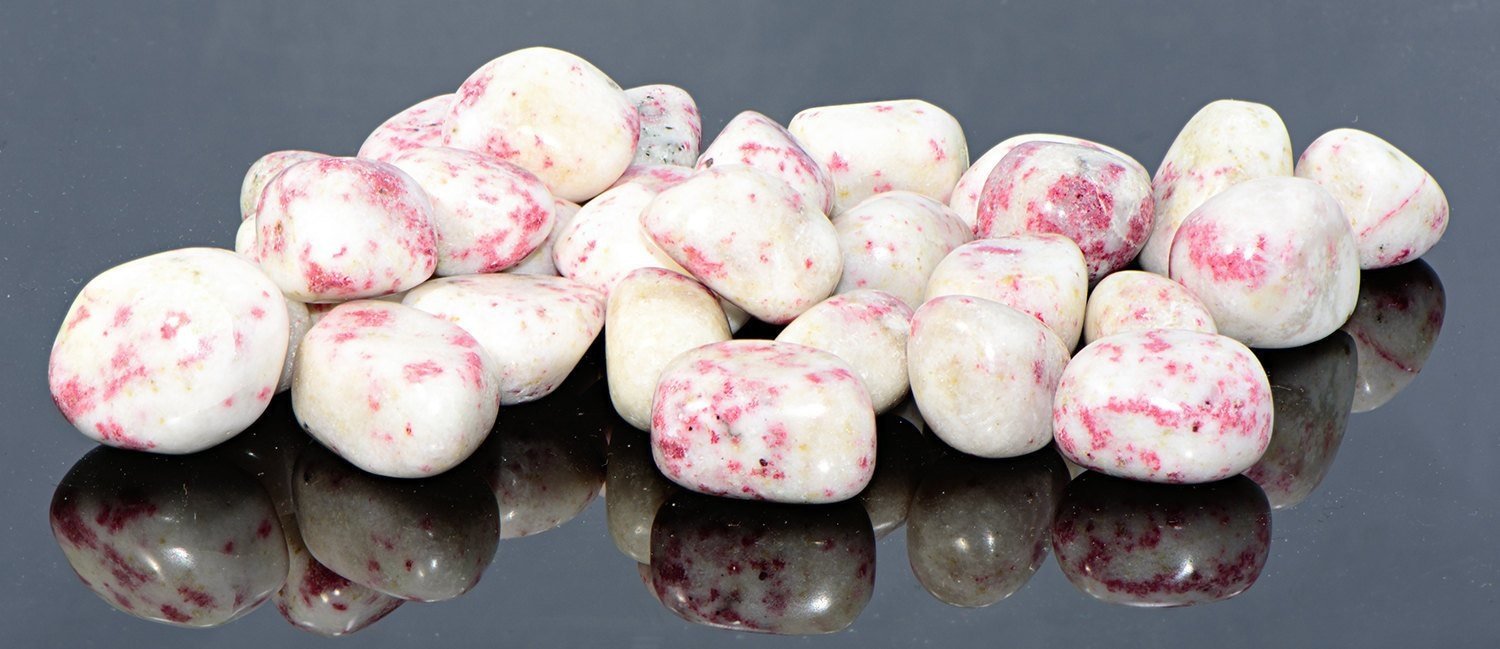


Pseudoscientific nonsense
This brings me to the second group. These are dealers that at least try to fact-check information or try to give a bit more scientific information. However, sadly many of those well-minded people seem not to be coming from a scientific background. Those dealers publish information copied from more credible sources like Wikipedia (not a scientific paper, but a more credible source that is redacted and fact-checked). The problem with that is that those crystal dealers do not fully understand the science and the result is pseudoscientific nonsense.
Please understand me right: I don’t say that you must be a geologist to write about minerals. I am a biologist. Nevertheless, I was trained a bit in chemistry, and more importantly, I am trained in reading scientific papers and texts. This makes it relatively easy to correctly understand at least basic geological concepts and get it more or less right.
However, if you do not have that kind of educational background, as a crystal dealer, I would suggest you either abstain from scrambling scientific information into a text that makes sense for you but gets a geologist to lose his faith in humanity or simply find a specialist who you can ask to proofread your text before you publish nonsense.


How to explain pseudoscientific nonsense about Cinnabrite?
Let me show you how a lack of understanding leads to pseudoscientific nonsense being published about Cinnabrite:
Half of the crystal dealers do publish that Cinnabrite contains red or pink Epidote.
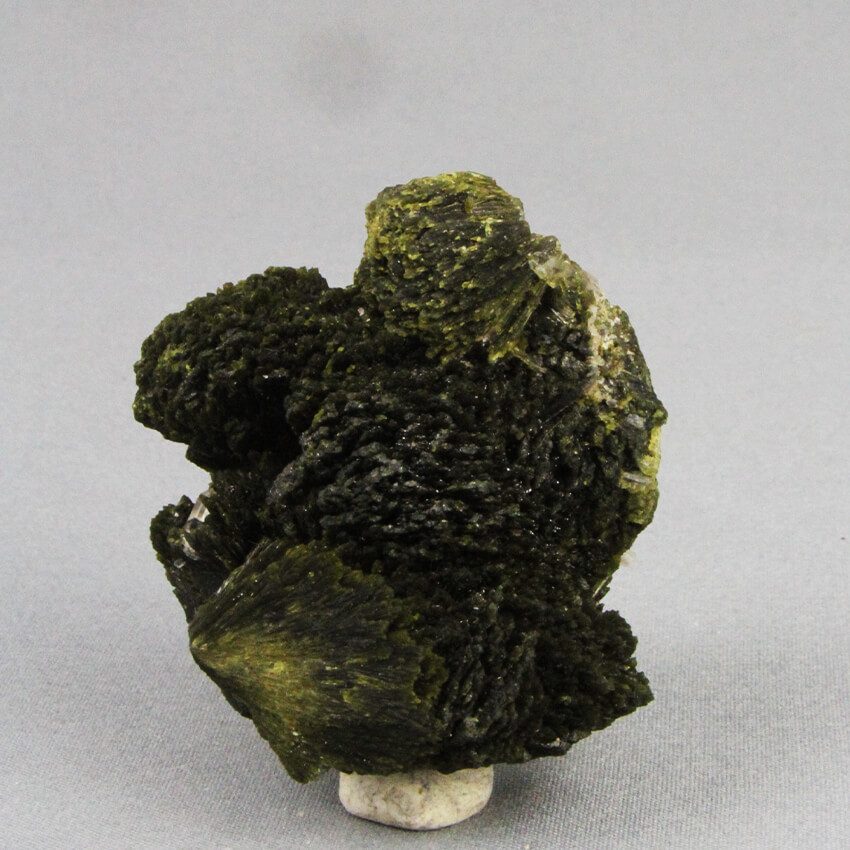
First step: please search Epidote in Wikipedia. You will find this:
“The color (of Epidote) is green, grey, brown, or nearly black, but usually a characteristic shade of yellowish-green or pistachio-green.”
Is there any mention of red or pink?
Shouldn’t that raise an eyebrow and lead you to question the information about red epidote in Cinnabrite?
This is the chemical formula of Epidote:
Ca2Al2(Fe3+;Al)(SiO4)(Si2O7)O(OH)
Then we have Clinozoisite. Clinozoisite is green, white, or pale rose-red. Clinozoisite has a very similar formula to epidote:
Ca2Al3(SiO4)(Si2O7)O(OH).
By looking at the formula, everybody should be able to see that the green Epidote and the pale red Clinozoisite are NOT the same.
It appears a big deal of the confusion is caused by two other sentences on Wikipedia:
“Clinozoisite forms a continuous solid solution series with epidote. And because of that some people also call it aluminum epidote.”
If people without a scientific background read such sentences, they may think that Clinozoisite is identical to epidote – that it is a pink or red type of epidote.
But this is NOT what this text says. This text must be correctly understood as saying that Epidote and Clinozoisite are very similar materials, but not identical. Also, Wikipedia says that some people call Clinozoisite “aluminum epidote“. But Wikipedia does NOT support that this old common name is correct.


What about Thulite?
When I saw Cinnabrite for the first time I immediately noted that the pink color looks exactly like the pink color of Thulite, a stone from Norway, that a client had sent to us for custom cutting. But Thulite has never been reported for Peru.
If we look at the chemical formula of Thulite then we can see that it is very similar to Clinozoisite, but the aluminum is replaced by magnesium.
Ca2Mn3(Si2O7)(SiO4)O(OH)
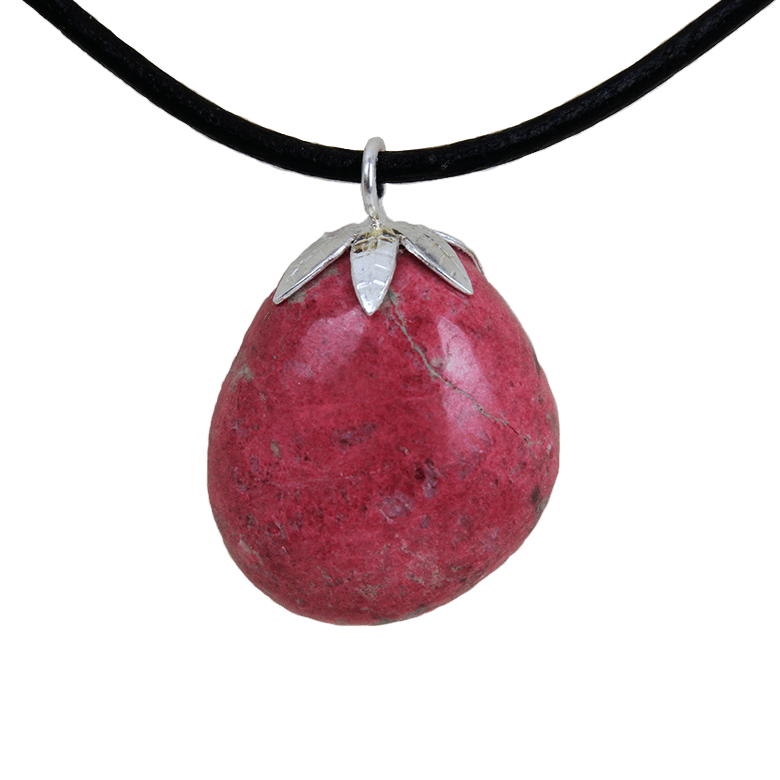
That’s why the scientific name of Thulite is Clinothulite.
In summary: Epidote, Clinozoisite, and Clinothulite are three minerals with a very similar chemical composition. But they are not the same.
My best guess:
It was a crystal dealer who invented “pink Epidote” by not reading thoroughly and just copy-pasting whatever he understood. Then the pseudoscientific nonsense was copy-pasted a hundred times by other non-fact-checking people and voila: Red Epidote was born.


Top-Quality Cherry Blossom Cabochons for Jewelry Makers
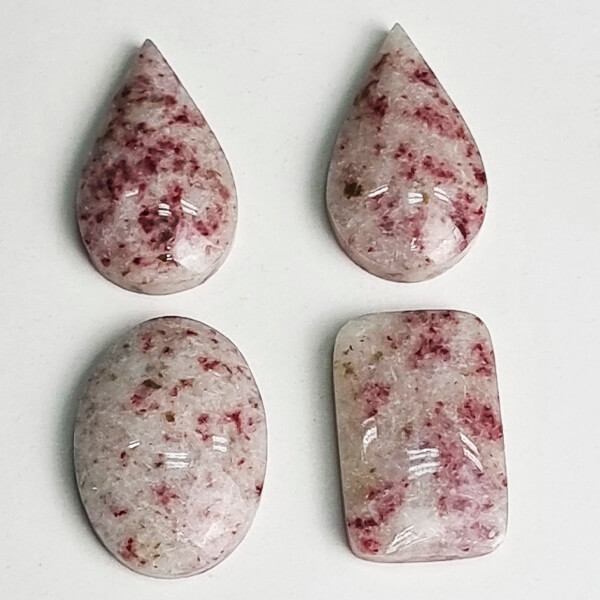
We can offer you top-quality Cabochons made from Cherry Blossom Stone with a strong pink color, and our usual superior cutting quality.
Our new Cherry Blossom Stone Gemstone Quality Standard provides objective criteria for distinguishing top-quality material from low-grade cabochons. Never again lose your money on low-grade material. Only choose the best for your quality jewelry.
You can buy our finished top-quality cabochons for jewelry makers.
National and international shipping from our US-based warehouse.


What Cinnabrite really is?
When I first saw Cinnabrite I just compared colors based on my lapidary cutting experience. I was convinced that what I had in front of me was thulite, not cinnabar (which has a really red color, not pink) and not pink epidote (which is a fantasy product).
However, the only way to be 100% sure is laboratory testing. And that is what was done. Here is the scientifically proven result.
1. The Peruvian Cherry Blossom Stone resembles in its appearance a Namibian stone called “cherry Blossom”, which also contains Thulite.
2. There is no “pink” Epidote and no Cinnabar in this stone.
3. The pink dots are in fact “Thulite”
4. It is the first time that Thulite was reported for Peru.
5. Part of the white matrix consists of Meionite, which is part of the scapolite group of minerals (marialite-meionite series).
6. The second part of the white matrix is Wairakite, a mineral from the zeolite group (analciem-wairakite series)


What should be done now?
In my point of view:
1.) All serious crystal shops should immediately correct the information on their website.
2.) The name Cinnabrite should not be used anymore because it creates the idea of the toxic Cinnabar being contained in this stone. For years already we have been selling this stone under the commercial name of “Cherry Blossom Stone” because its coloration resembles the flower. I suggest using this name.
3.) All the pseudoscientist tiktokers giving health advice: please stop talking about toxic cinnabar while showing a background picture of cinnabrite.
4.) All energy, healing, spiritual, and esoteric dealers: Please stop selling cinnabrite as merchants’ stone and dragon blood. Stop attributing the properties of Cinnabar to it. If you want to speak the truth, point out the properties of Thulite.


My personal take-away
As crystal dealers, we have a moral responsibility to provide our clients with real information that benefits their energy, mental, spiritual, physical, and whatever health needs.
It is ruthless to promote false content that can negatively impact the well-being of our clients.
That is why we must take the time to fact-check information and not just copy-paste because we feel the pressure to constantly produce new content.
Repeating nonsense a thousand times does not convert it into truth.
If you do not have the time or knowledge to fact-check yourself, look for a specialist who can help you. If that costs a bit of money, so be it. Isn’t telling the truth worth an investment? That much your clients can expect from you. We did not get the laboratory analysis for free either.
And – if after reading this post you keep spreading false information to your clients, I think you deserve to be called out on this.

Gemrocks´ Startup Support
Starting a crystalshop (online or physical) is not easy – we know. But we believe in you and we have your back, because your success is ours.
We support startup companies with lower shipping prices. You can order without minimum amounts. We offer “Buy now, Pay later” agreements, as well as intensive business coaching.
FAQ:
Is Cinnabar and Cinnabrite the same thing?
No, it is not the same thing. Cinnabrite does not contain a single molecule of Cinnabar. In fact the pink dots in Cinnabrite are Thulite.
Is cinnabrite toxic?
Cinnabrite is NOT toxic, because it does not contain Cinnabar. All references of Cinnabrite being or containing Cinnabar, are wrong. The pink dots in the white matrix of Cinnabrite are Thulite, not Cinnabar.
Where is cinnabrite found?
Cinnabrite is found in the peruvian Andes.
What is cinnabrite?
The pink dots in Cinnabrite are “Thulite”. Part of the white matrix consists of Meionite, which is part of the scapolite group of minerals (marialite-meionite series). Part of the white matrix consists of Meionite, which is part of the scapolite group of minerals (marialite-meionite series).
Cinnabrite properties
Rather than answering what the properties of Cinnabrite are, it is easier to answer with what are no properties of Cinnabrite. Cinnabrite is NOT the merchant stone, neither was it called in the past “the Dragon Stone”. That is because all those references refer to Cinnabar. Cinnabrite does not contain a single molecule of Cinnabar. Which is what all the properties attributed to Cinnabrite on the internet, which hrelate to Cinnabar, are wrong. If Cinnabrite has any properties, those are similar than the properties of Thulite, because the pink dots in the white matrix of Cinnabrite, are Thulite.
Does cinnabrite have mercury?
No – Cinnabrite does not contain Mercury, because it has nothing to do with Cinnabar. Any information on the internet relating Cinnabrite with Cinnabar is wrong.
Shop your crystals & jewelry NOW
NATURA MINERA
Achetez vos cristaux Gemrock, produits en cristal et bijoux à Québec
GEMROCK CANADA
Online retail shop of ethical, top-quality crystal specimens, jewelry, and jewelry-maker accessories like cabochons, silver chains, silver wire, and charms. Exports to USA.
Gemrock Peru - Tienda
Venta de cristales naturales, piedras talladas y joyería de Gemrock en Peru a nivel nacional.
Free Gemrock Learning Resources
Free Gemrock Learning Resources
Connect wherever you want and can
Connect wherever you want and can
Get in Touch
+51 994104206
gemrockinternational@gmail.com
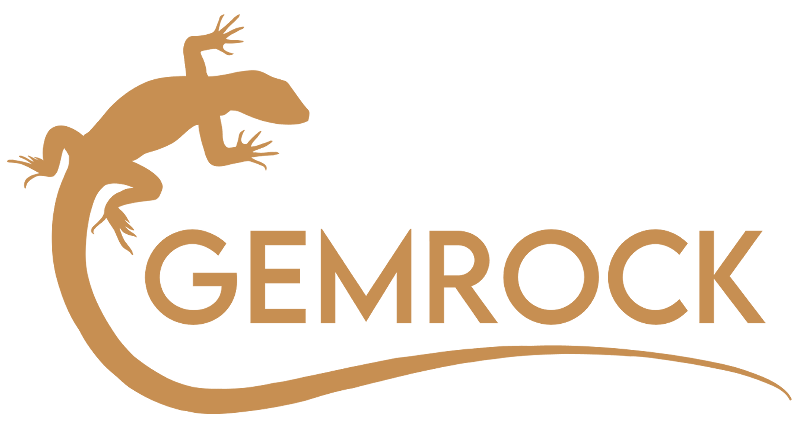
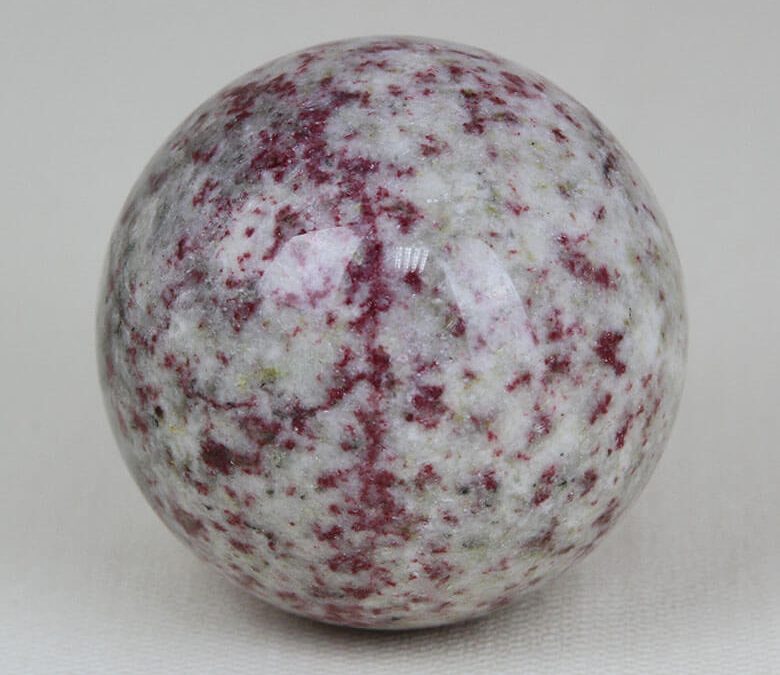
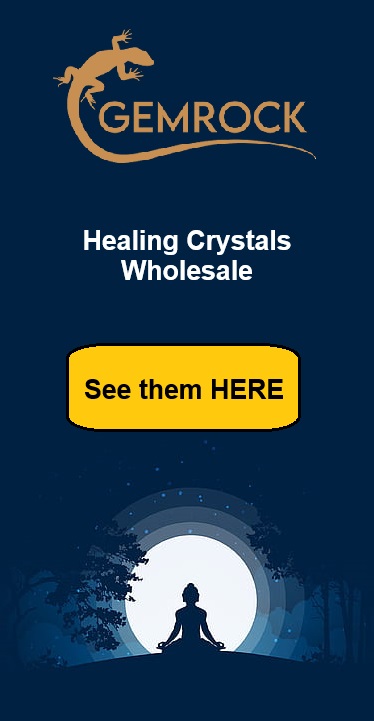

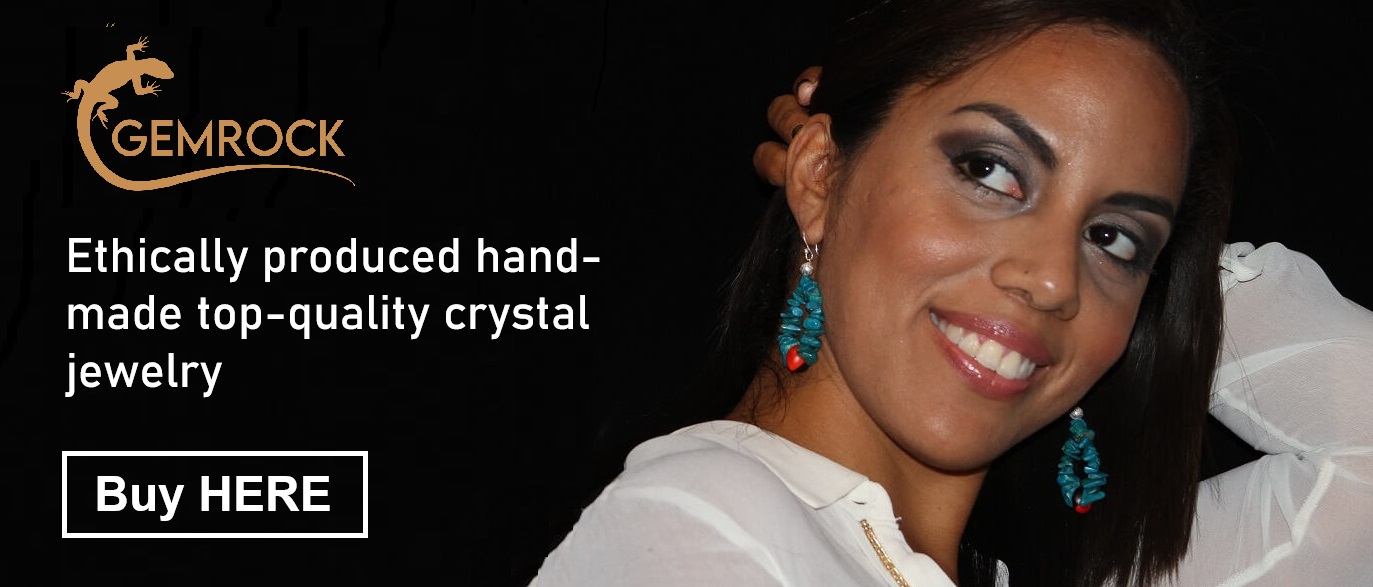






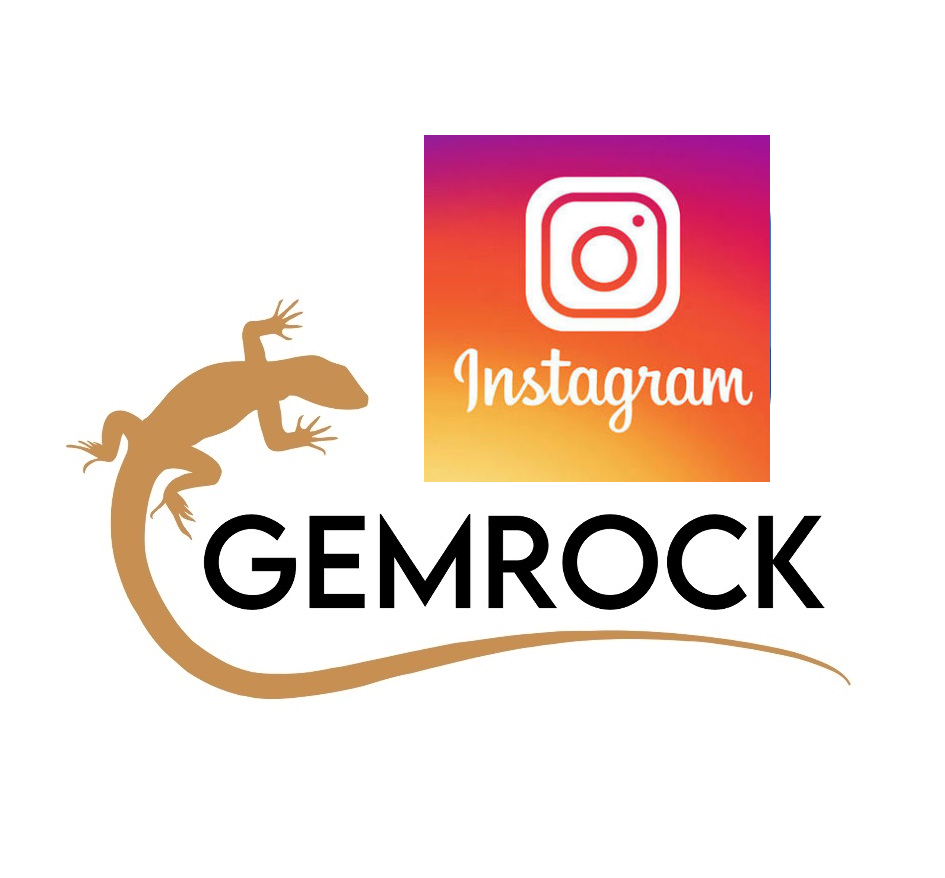


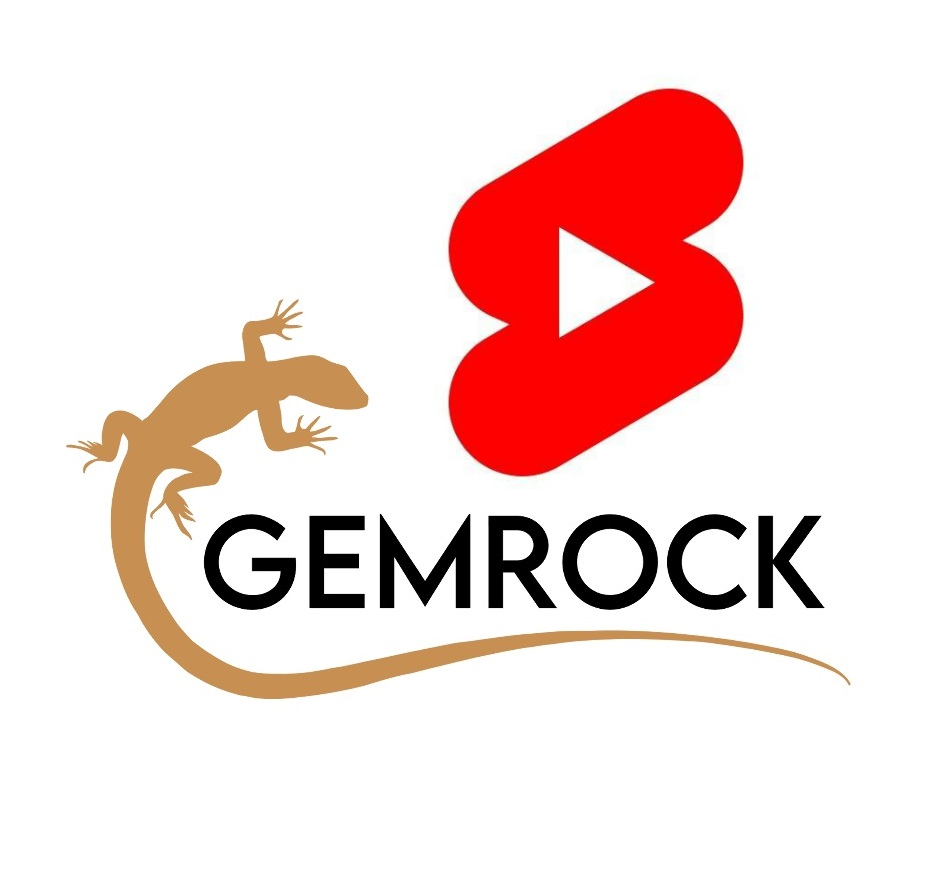

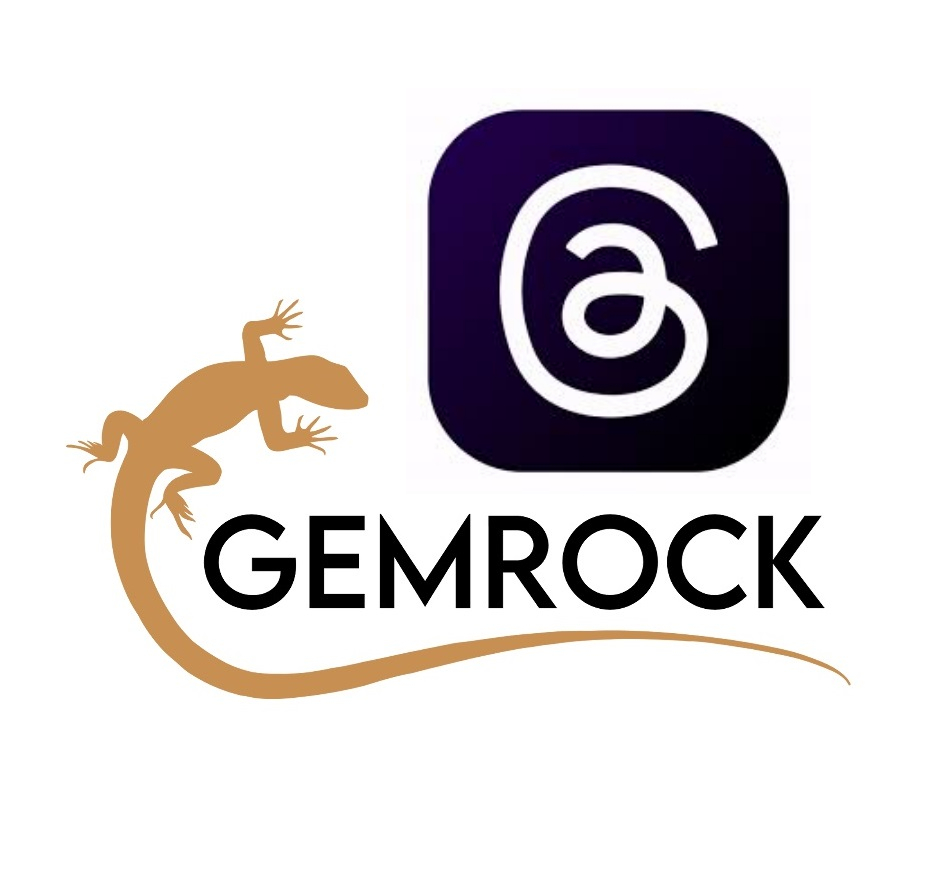
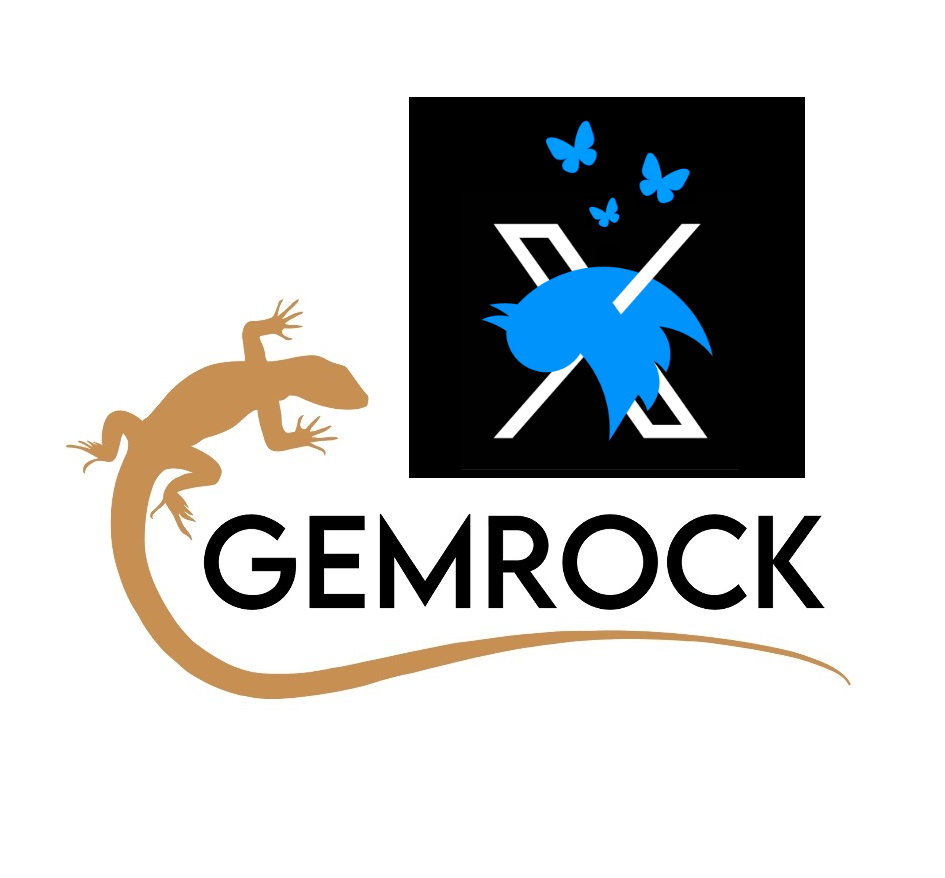
Recent Comments